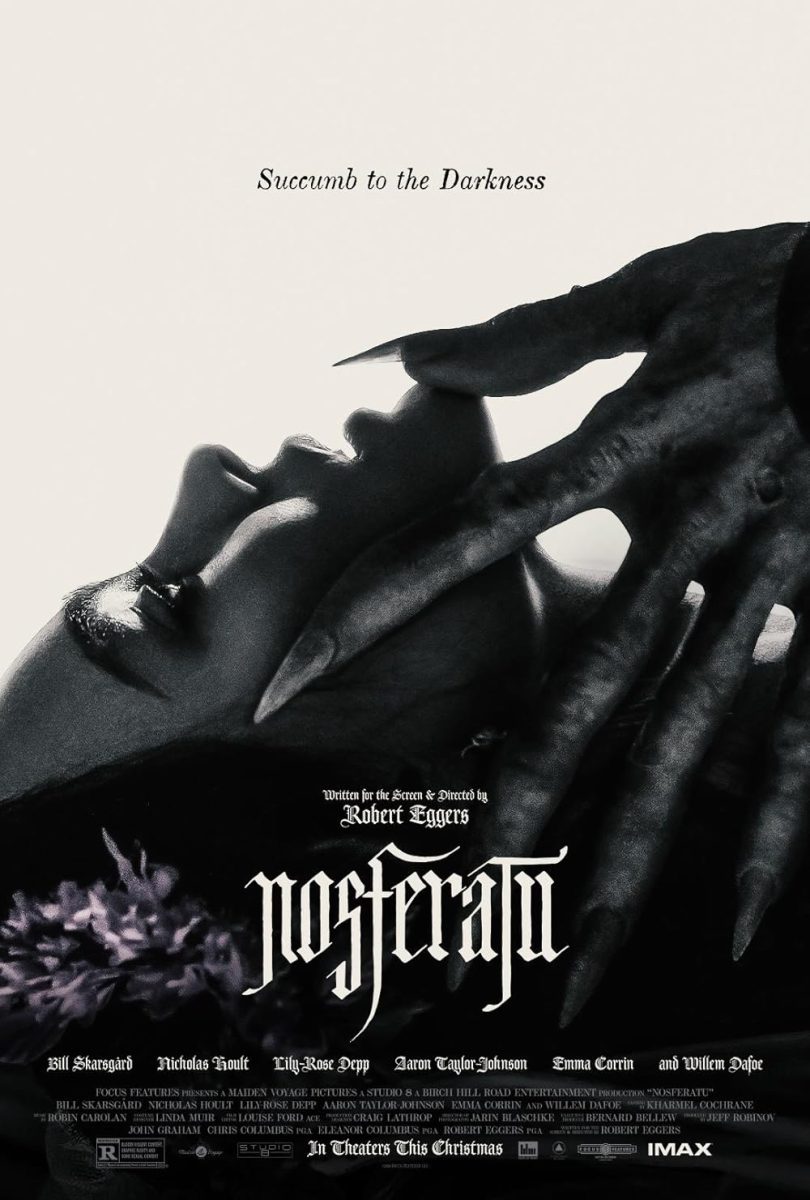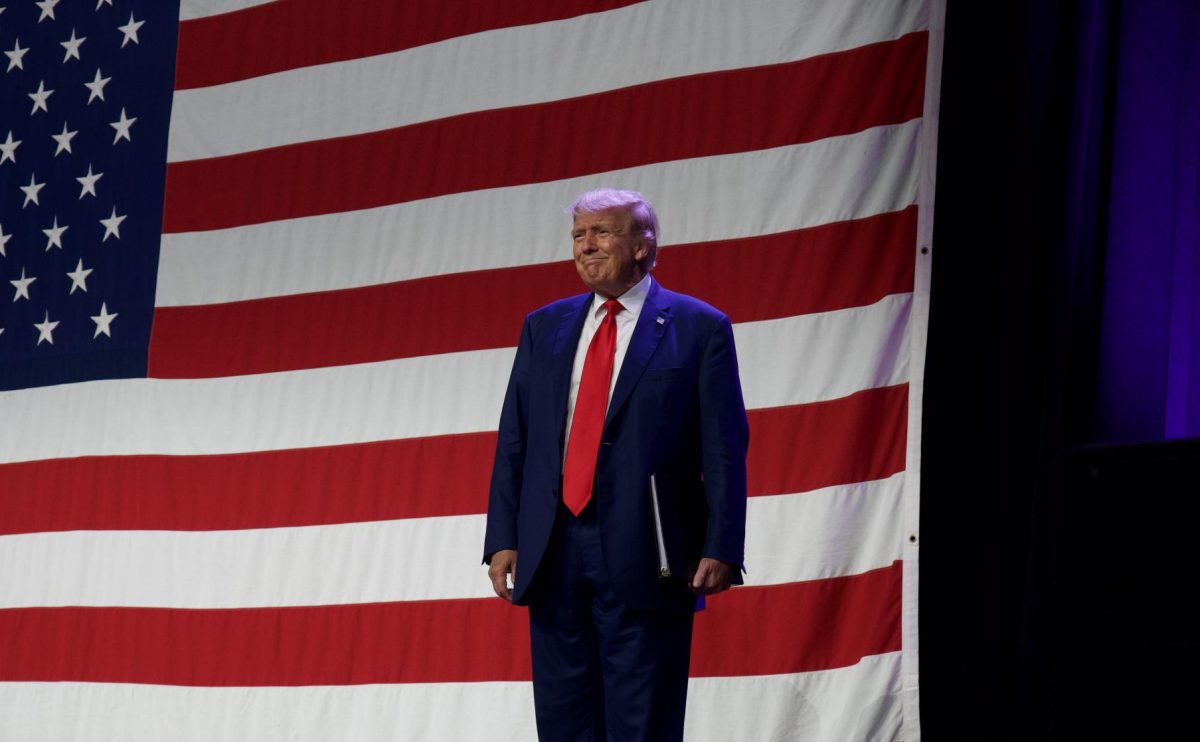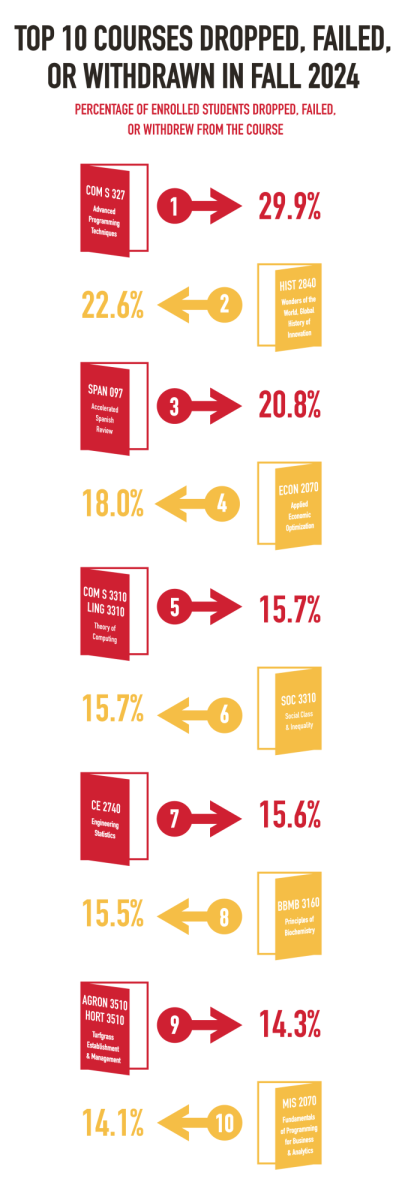- Ames247
- Ames247 / Movie Reviews
- Limelight
- Limelight / Reviews
- Limelight / Visual Media
- Limelight / Visual Media / Film
Review: “The Cloverfield Paradox” and how Netflix is changing the industry
February 5, 2018
Netflix broke industry trends last night, in a historic move with their release of “The Cloverfield Paradox.” Without any previous marketing, or even an official announcement, Netflix dropped the first trailer for the movie during the Super Bowl this weekend — and then officially released it within seconds of the Eagles’ victory.
After watching the film, however, it is very obvious why Paramount Pictures decided to give Netflix the distribution rights over releasing it in theaters like the previous two installments in the series. While it may still be far too early to call, “The Cloverfield Paradox” may be one of the worst movies to come out this year.
Resources on earth are beginning to run dry. Gas prices have skyrocketed, and cities have widespread blackouts multiple times a day. To combat this, the world’s superpowers have joined forces to make an unlimited power source using a Hadron Collider on the Cloverfield Station orbiting earth. During a nearly successful test run, something goes wrong, and the crew finds themselves displaced in an alternate dimension.
The concepts presented by the movie in are interesting, and have actually been attempted by other sci-fi movies like “Event Horizon,” but similarly wastes them.
“The Cloverfield Paradox” starts out fairly strong, but peaks during the opening credits montage of the crew working on the space station. They also showcase the strongest aspect of the film, Bear McCreary’s haunting original score.
Beyond that, there are very few redeeming aspects of the movie. The special effects are serviceable, but not great. The cinematography made “Paradox” feel like a low budget Syfy Channel television show.
The dialogue was even worse, oversimplifying any sort of science talk, making characters who are top-caliber scientists look like idiots. None of the characters had any sort of character development either, and even the best of the actors, such as Daniel Brühl, put on weak, unconvincing performances.
Despite having interesting concepts and being from a genre with a relatively small catalog, “The Cloverfield Paradox” fell into nearly every sci-fi horror trope. Movies such as 2017’s “Life” similarly falls into these same tropes, but still executes them well. The same can not be said for “Paradox.”
The worst aspect of “The Cloverfield Paradox” was its obvious conversion into a Cloverfield movie. When the movie began development, it was under the working title “God Particle” before it was picked up by J.J. Abram’s production company, Bad Robot. It was then converted into a Cloverfield movie, with added scenes that loosely tie it in to the established universe. Those new scenes added almost nothing, and only took up running time that could have been used to better establish and explain the many, many other sci-fi concepts crammed into the 102 minute film.
“The Cloverfield Paradox” is just an awful Syfy channel film that somehow snuck its way into production at Paramount Pictures and gained J.J. Abram’s Cloverfield seal of approval.
3/10
Pros
– Has a score suitable for a much better movie
– Some of the Cloverfield ties were exciting
Cons
– Terrible cinematography makes the movie look like a cheap tv movie
– Too many interesting plot points mashed together make for a messy plot
Even though “The Cloverfield Paradox” was disaster, what Netflix is doing here is game changing within the film industry. Recently, with their focus on more original content, Netflix has been vying for its seat next to Walt Disney Studios, Warner Bros. Entertainment and the other power players of Hollywood.
December’s “Bright” was Netflix’s first major “blockbuster” release, which was panned by critics, but had overall positive reception from general audiences. Even with overwhelming negative reviews from critics, Netflix has already announced plans for a sequel, indicating a focus on producing more of these “blockbuster” style movies.
During the 2018 Super Bowl, Netflix purchased a television spot for “The Cloverfield Paradox,” and announced that the movie would be available for streaming immediately following the game.
Released in theaters, “The Cloverfield Paradox” would have almost certainly been panned by critics after press screenings and been dead on arrival. Putting the movie out right after the official announcement doesn’t give general audiences or critics any time to speculate about it.
With virtually zero information known about the movie it can bring them in fresh, with zero expectations. The lack of expectations, combined with the low price of admission, may make critics or audiences more receptive, as evidenced by “Bright.”
This style of release could also prove to be a serious risk to box offices. Nothing will change an audiences’ want for the large, blockbuster experience when watching movies like “Transformers” or “Avengers,” and until something can replace the theatrical experience, they aren’t going anywhere.
That said as movie theaters are losing money, ticket prices are increasing and people are less likely to go out to movies, especially smaller, niche releases. If more “Hollywood-level” movies like “The Cloverfield Paradox” were released frequently on Netflix, there could be a major shift in audience trends in the future.







